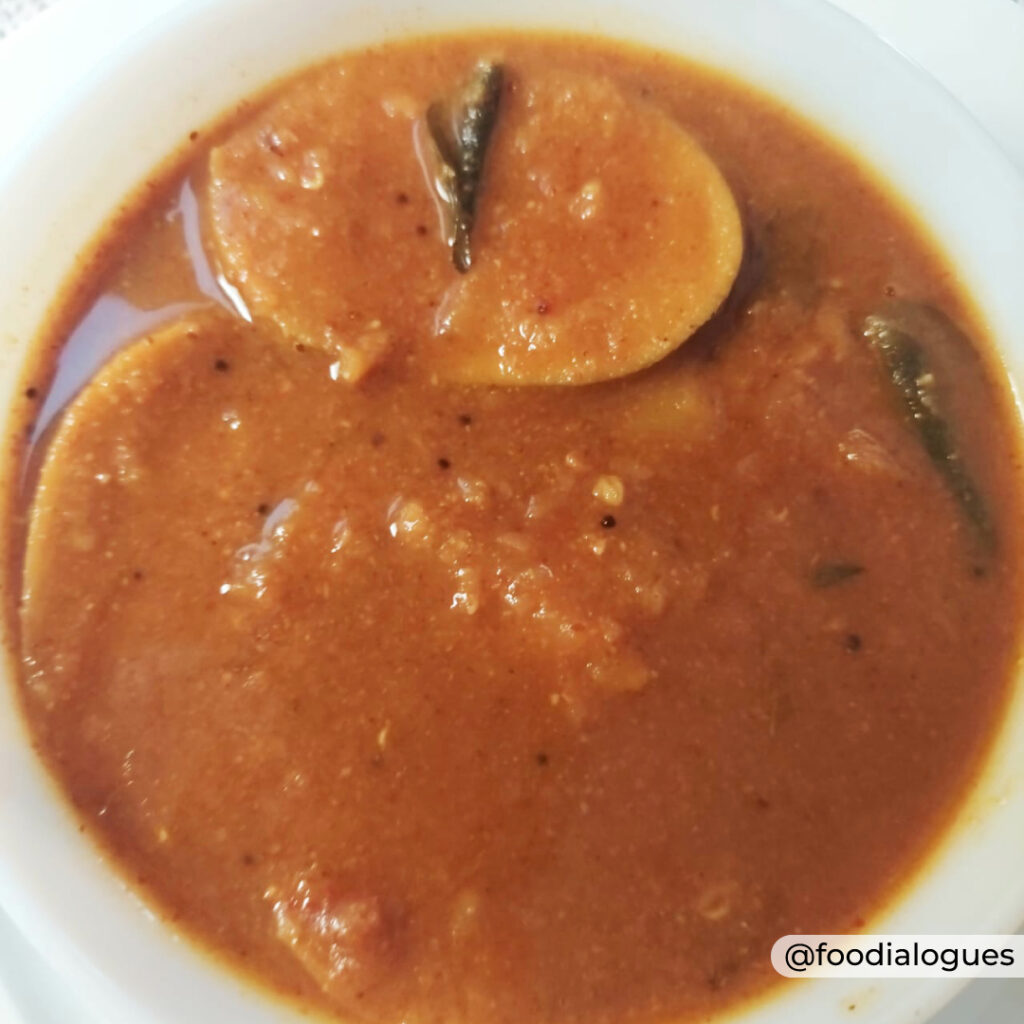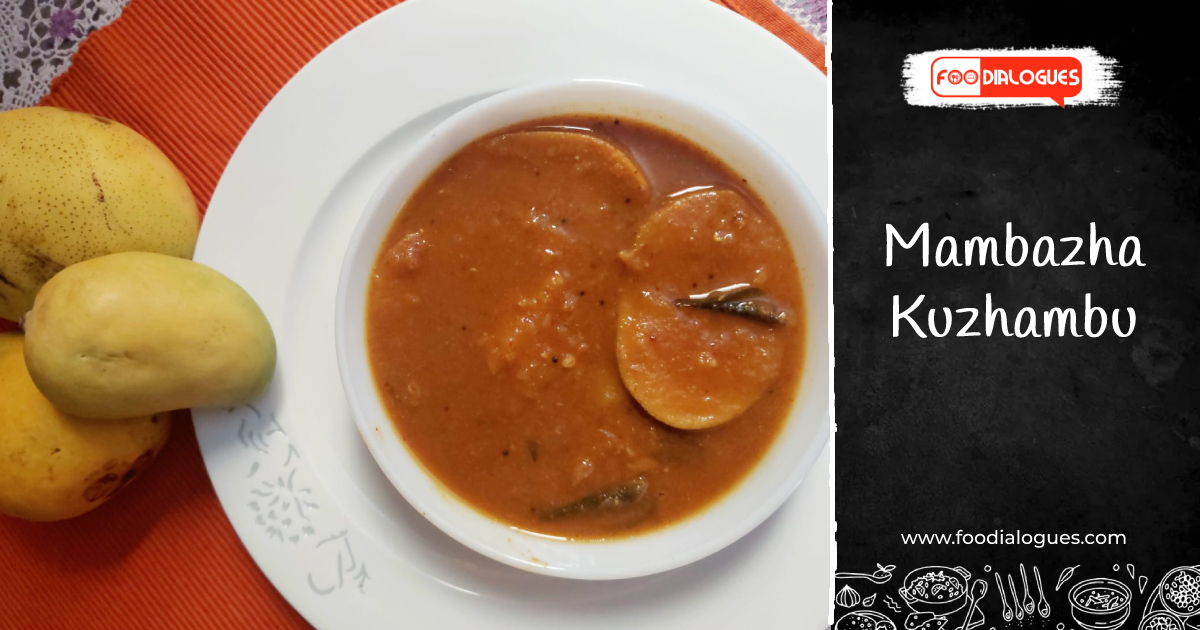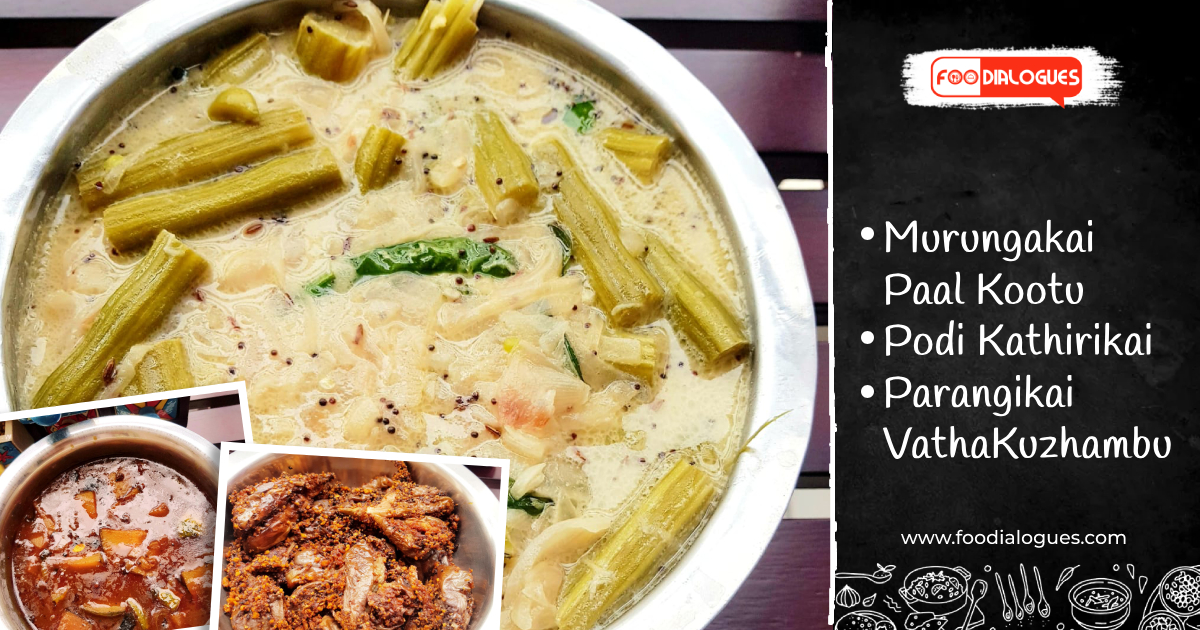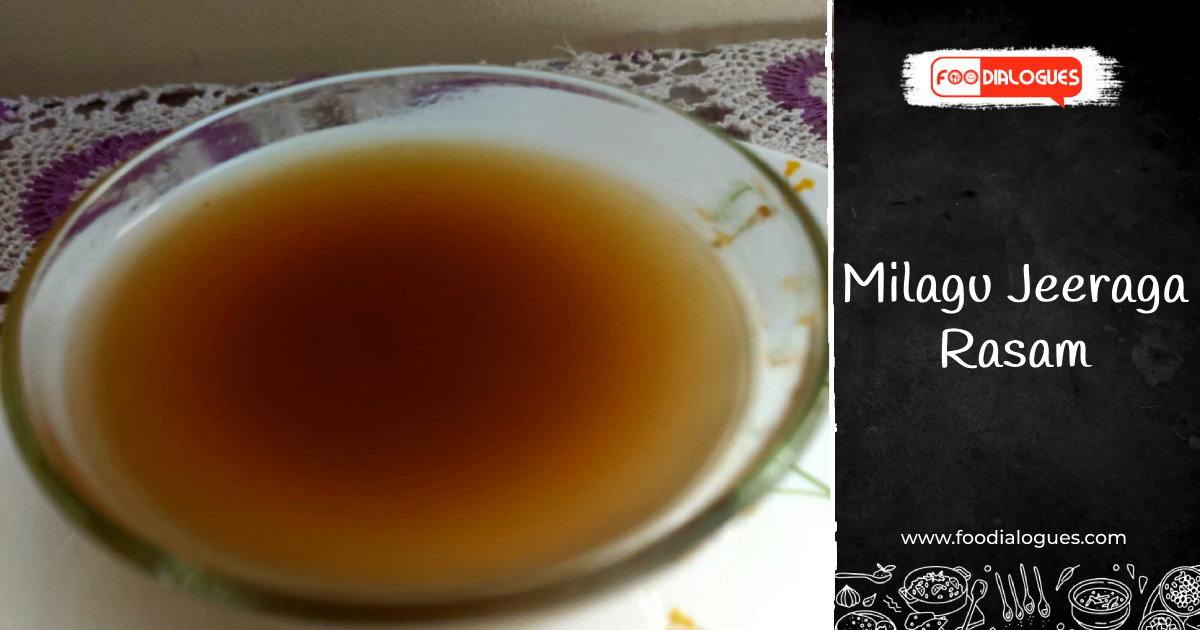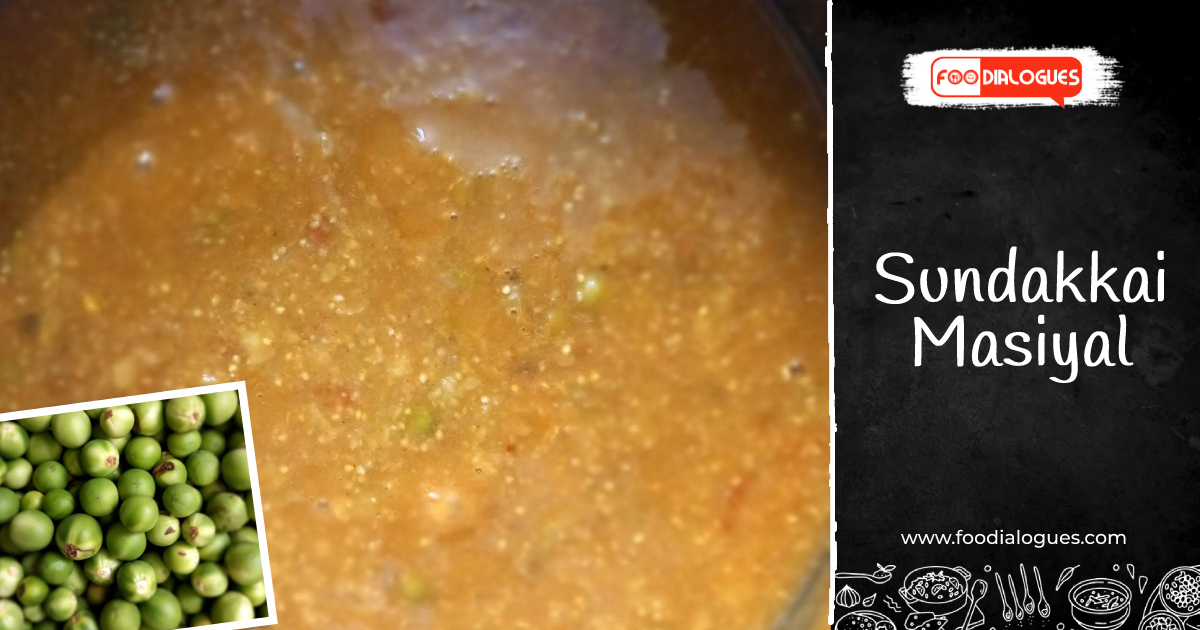Summer is synonymous with mangoes and so are the memories. The tryst with mangoes would start with the baby “maavadu” and would end with mango squash and jam. The storeroom would be stocked with mangoes in all its forms to last the year through. Fresh mango recipes such as mango Adai, mango kulfi, mango Kesari, manga masial, would peep in quite frequently. The streets of Hyderabad would be dotted with hawker’s selling Banganapalli mangoes, the native Andhra variety. A kilo would cost Rs 2, four decades back. The plump mangoes in a beautiful shade of yellow would be weighed in an equal arm balance. The hawker would deftly place the mangoes on one pan the right weights on the other. The pan would always tilt a little towards the mangoes and we would be happy that we got wee bit more than what we had bargained for. The fruits would be quickly placed in newspaper covers and handed over. When did this practice evolve into plastic cover packs??
A family summer favorite is “Mambazha Kuzhambu”, a must-have at least once during the mango season. On our Sunday morning vegetable shopping my father would particularly look out for ripe mini-sized mangoes. These would be washed, soaked in water overnight. We were advised by the local people to soak the mangoes in water overnight since it was considered a “heat-producing” fruit. My mother would follow it diligently. The perfectly treated mangoes would be dropped into bubbling sambhar. The house would be filled with a unique aroma of ripe mangoes with a savory flavor. The sambhar would be poured over hot steaming rice along with a mango. Each one of us had a particular way of eating it. My father would mash the mango along with sambhar and rice and ensure that not an iota of pulp stays behind on the peel which he will discard. I would set the mango side and after my meal bite into the soft flesh along with the peel.
Talking about mango peels a word of caution-Mango peels have a toxic principle called as “URUSHIOL”. It is a mixture of organic compounds with allergenic properties. The oily sap on the mango leaves, stems and fruit can cause a kind of contact dermatitis or rash for some. I do not know if you can remember rashes that appear around the mouth for some when raw mangoes are eaten. This principle is more found on raw mangoes near the stem portion. To avoid this, mangoes should be handled carefully especially if covered with sap. Wash well and peel before consumption. Soaking mangoes overnight in water removes this principle considerably and renders the fruit safe. Heat and cooking are also ways to reduce the toxic principle.
MAMBAZHA KUZHAMBU RECIPE
Ingredients for Mambazha Kuzhambu:
- Tuvar Dal/Red Gram Dal 1 C
- Tamarind Lemon Sized Ball
- Sambhar Powder 4 Tsp
- Turmeric Powder 1 Tsp
- Green Chilly 3 Slit
- Curry Leaves Few
- Chopped Coriander Leaves 2 Tbsp
- Oil 1 Tbsp
- Mustard Seeds 1tsp
- Fenugreek Seeds 1 Tsp
- Asafoetida 1 Tsp
- Jaggery 1 Tsp
- Salt as required
- Small Mangoes 4
Preparation for Mambazha Kuzhambu:
- Pressure cook dal along with turmeric until soft and mushy. Set aside.
- Extract tamarind with 1 liter of water.
- Take a heavy-bottomed pan. Add oil and mustard when mustard splutters add fenugreek and brown it, add asafoetida and slit green chilly, curry leaves, add the tamarind extract, sambhar powder, and required salt. Bring to a boil.
- When it’s boiling, add the mangoes and simmer the flame. Add jaggery. Simmer till the mangoes are well cooked. Add the mashed dal and simmer for 2 to 3 minutes. Garnish with coriander and remove. Serve with hot rice.
Delicious “Mambazha Kuzhambu” is ready 🙂
